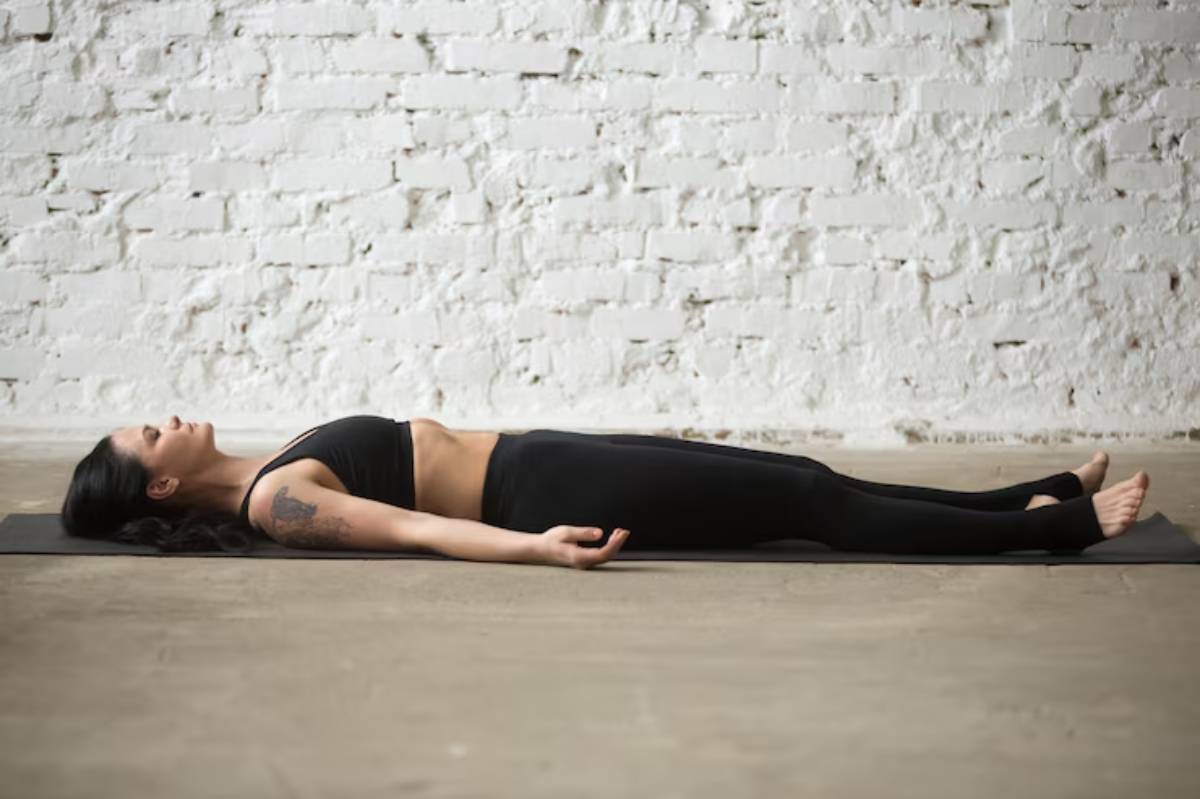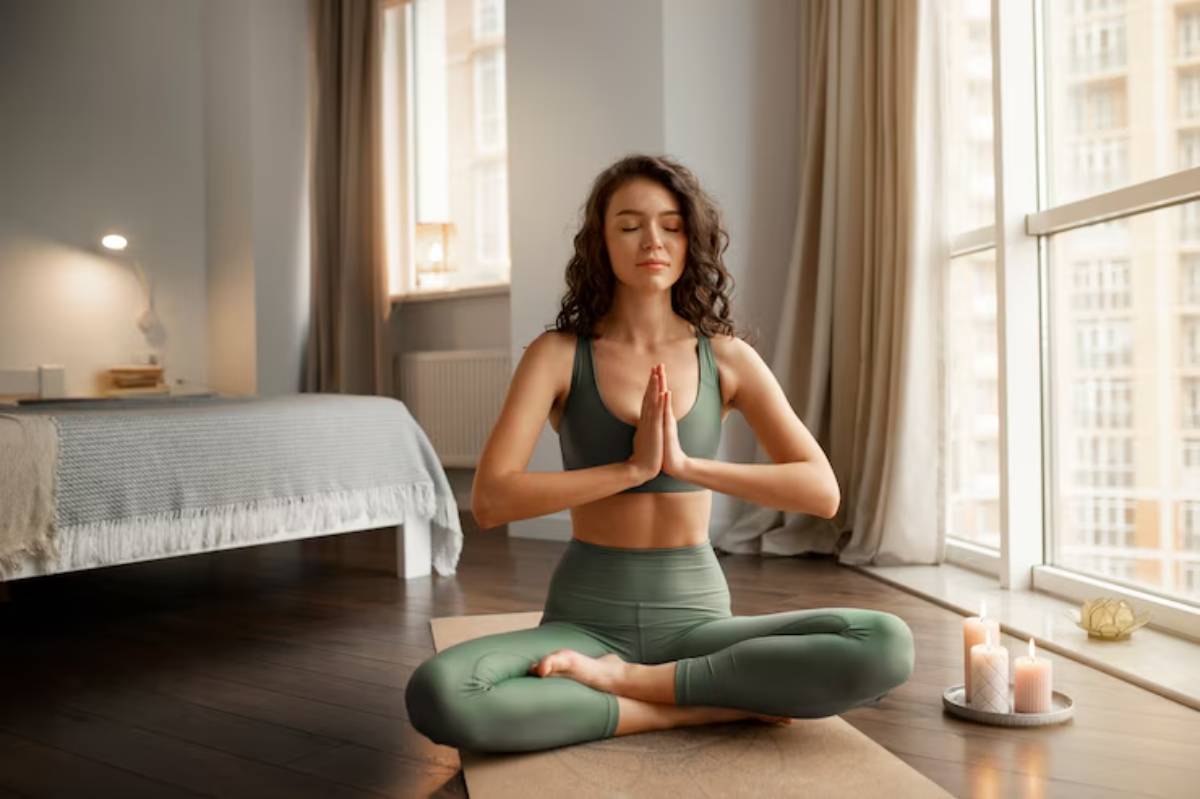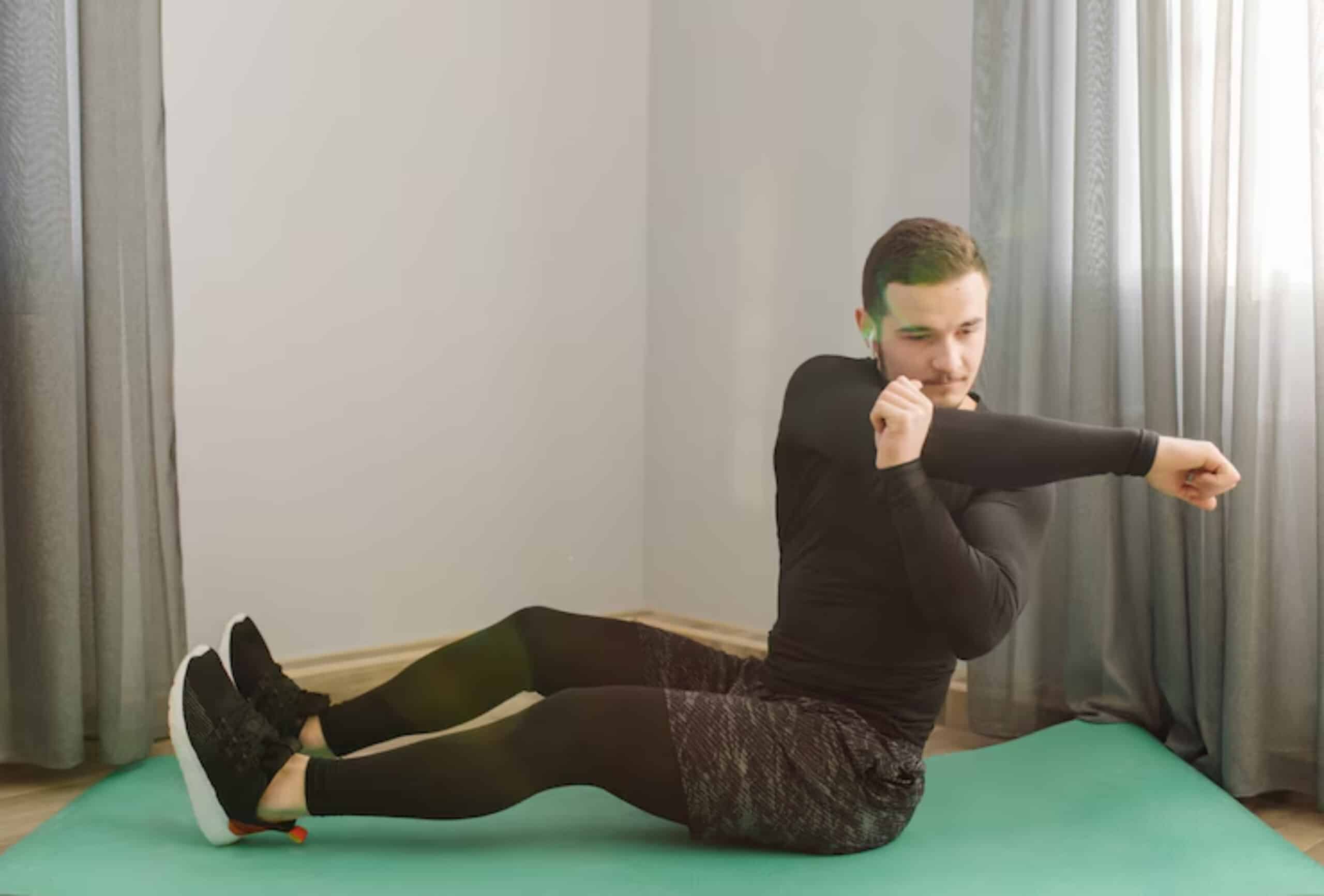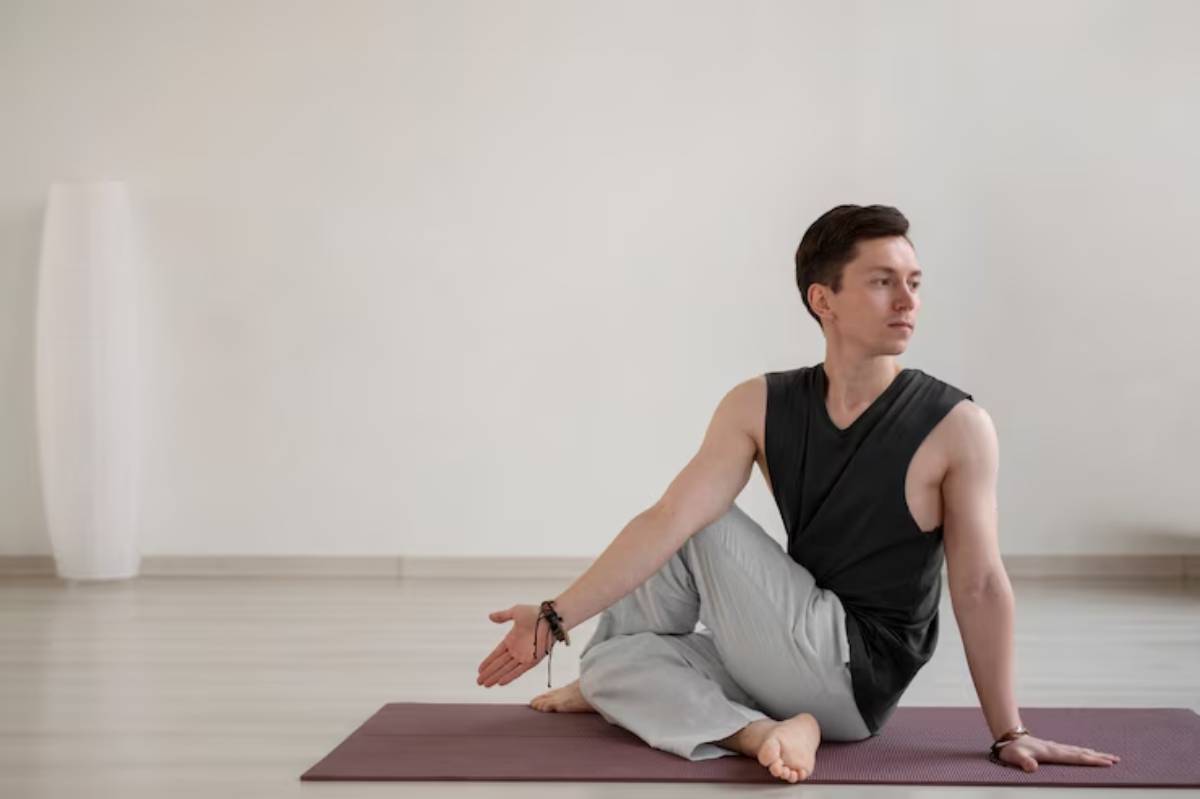
Improve Shoulder Mobility With Yoga
Picture this: you’re reaching overhead for your gym bag or twisting around to grab something from the back seat of your car, and suddenly you feel a sharp pinch or stiffness in your shoulder. Sound familiar?
Whether you’re a weightlifter, desk worker, or weekend yogi, shoulder mobility is essential to nearly everything you do. Yet, it’s often overlooked—until pain or restriction shows up. This is where yoga shines. Specifically, shoulder mobility yoga helps restore upper body flexibility, address posture issues, and unlock strength potential.
In this post, you’ll explore:
- Why shoulder mobility matters
- How poor mobility affects your training and lifestyle
- A rotator cuff-friendly yoga sequence
- Tips for safely improving flexibility without injury
If you’ve been struggling with stiffness, pain, or limited range of motion, you’re in the right place. Let’s roll out the mat and get those shoulders moving!
The Importance of Shoulder Mobility
What Is Shoulder Mobility, Really?
Mobility is more than just flexibility. It’s your ability to actively move through a range of motion with control. The shoulder, being a ball-and-socket joint, allows for a wide variety of movements, but that also makes it prone to tightness, impingement, and instability.
Why We Lose Shoulder Mobility
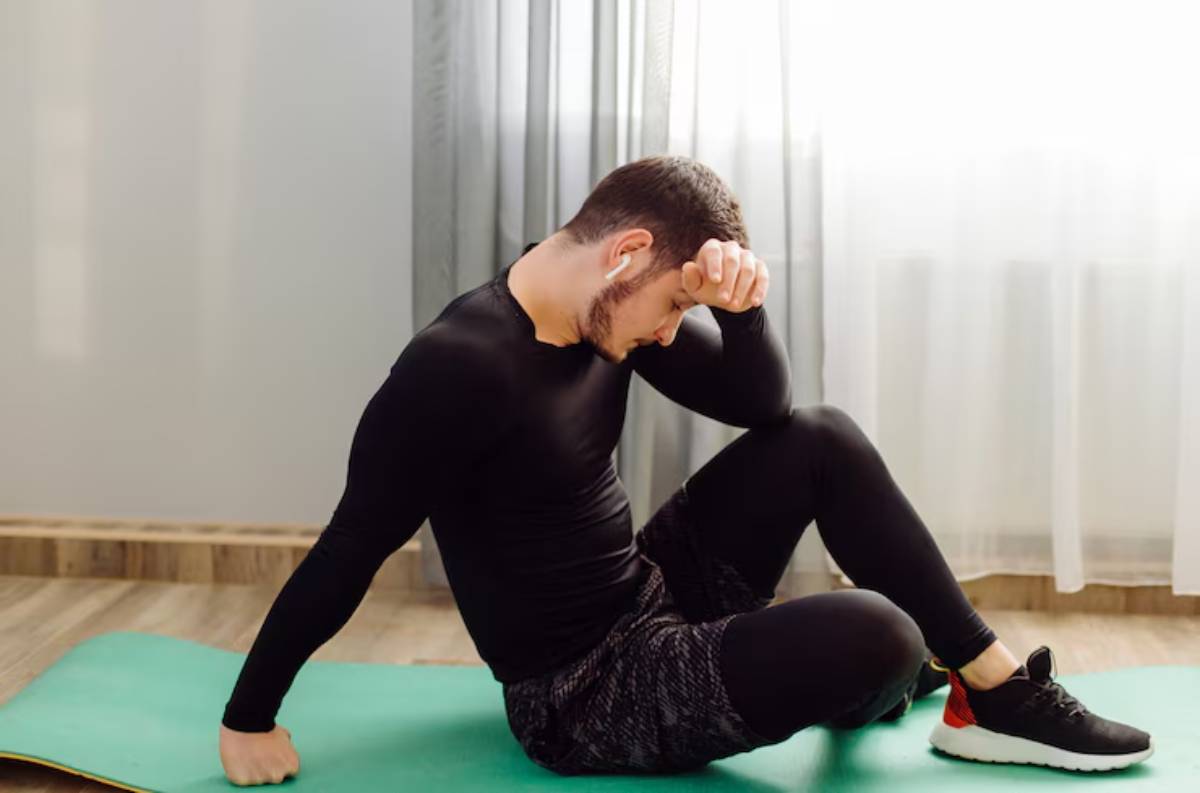
Several culprits limit shoulder range:
- Sedentary posture: Desk jobs cause internal rotation and tight pecs.
- Overtraining: Strength training without mobility work leads to imbalance.
- Injury history: Old rotator cuff strains, frozen shoulder, or surgeries.
- Repetitive strain: From texting to driving, modern habits restrict movement.
Over time, these habits build tension in the deltoids, traps, pecs, and lats, pulling your body out of balance.
How Yoga Helps Shoulder Function and Recovery
1. Restores Full Range of Motion
Yoga encourages dynamic and static stretching in multiple planes—raising your arms, rotating them, and stabilising them through poses like Downward Dog, Puppy Pose, and Eagle Arms.
2. Strengthens Rotator Cuff and Scapular Muscles
Rather than isolating muscles, yoga encourages integrated movement, engaging the rotator cuff with bodyweight resistance while improving neuromuscular control.
3. Counteracts Postural Imbalances
Chest-opening poses like Bridge or Camel reverse the hunched-forward effect of daily life, promoting shoulder retraction and thoracic extension.
Pro tip: Yoga’s slow, mindful flow helps retrain your body to move better, not just stretch farther.
Common Shoulder Problems Yoga Can Help Alleviate
- Impingement syndrome
- Rotator cuff tightness
- Thoracic outlet compression
- Upper back stiffness
- Tension headaches from trap overuse
That said, always consult a physio if you have a diagnosed shoulder injury.
Essential Yoga Poses for Shoulder Mobility
Let’s walk through a curated shoulder mobility yoga flow. Each move has been chosen for its ability to open, strengthen, and stabilise your upper body.
Warm-Up (5–7 minutes)
1. Cat-Cow (Marjaryasana–Bitilasana)
- Mobilises the spine and activates the shoulders.
- Sync breath with movement.
2. Thread the Needle
- Opens posterior deltoids and upper traps.
- Stay here for 5–8 deep breaths on each side.
Main Flow (15–20 minutes)
3. Puppy Pose (Uttana Shishosana)
- Targets the deltoids and upper spine.
- Keep hips above knees; reach chest to floor.
4. Downward Dog (Adho Mukha Svanasana)
- Strengthens and stretches shoulders simultaneously.
- Bend your knees slightly to focus on the upper body.
5. Eagle Arms (Garudasana arms variation)
- Increases range in the shoulder blades and rotator cuff.
- Do seated or standing; hold 5–8 breaths per side.
6. Reverse Tabletop with Shoulder Flossing
- Opens pecs and activates lats.
- Option: pulse hips up and down slowly.
Stability and Strength (10–15 minutes)
7. Forearm Plank
- Strengthens the rotator cuff and serratus anterior.
- Keep neck neutral, engage glutes and abs.
8. Dolphin Pose
- Builds strength in the shoulders and upper back.
- Gently walk feet forward for added stretch.
9. Side Plank with Arm Circles
- Adds dynamic rotation under tension.
- Great for athletes and lifters.
Cool Down (5–10 minutes)
10. Cow Face Arms (Gomukhasana arms)
- Deep triceps and shoulder opener.
- Use a strap if hands don’t meet.
11. Reclined Twist with Cactus Arms
- Gently releases the rotator cuff and thoracic spine.
12. Savasana with Arms Overhead
- Rest pose with subtle shoulder opening.
- Focus on your breath to release tension.
Want to enhance your shoulder mobility further? Explore Wall Yoga for Strength and Support: Great for posture and scapular health.
Helpful Props for Shoulder Yoga
- Yoga strap: For shoulder flossing and arm binds.
- Block: Supports under the hips or hands in tight poses.
- Wall: Use it for wall angels or scapular activation.
Tips for Safe Shoulder Progress
Consistency Beats Intensity
Don’t force deeper range too quickly. Instead, focus on consistent, daily movement. Even 10 minutes a day brings long-term gains.
Breathe into Resistance
Use breath to soften tight areas. Exhale as you move deeper; inhale to stabilise.
Modify for Comfort, Not Ego
Use props or perform gentler versions. If your shoulders aren’t ready, avoid forcing the arms behind your head.
Balance Mobility with Strength
Mobility without strength can increase the risk of dislocation or instability. Balance stretching with poses like Plank and Chaturanga.
Real-World Stories: From Stiff Shoulders to Smooth Overhead Press
Take Jordan, a 34-year-old weightlifter. Years of bench pressing had made his shoulders stiff and painful when reaching overhead.
After 4 weeks of following a 15-minute shoulder mobility yoga routine, he was able to:
- Press overhead with zero pain
- Sleep without shoulder stiffness
- Improve scapular control and posture
“It’s not just stretching—it’s rewiring how I move.” – Jordan, Birmingham
Integrating Shoulder Yoga Into Your Weekly Routine
You don’t need to overhaul your life—just add 10–15 minutes before or after your workout:
- Monday – Warm-up with Cat-Cow and Dolphin
- Wednesday – Full yoga shoulder flow (as above)
- Friday – 5-minute cooldown with Gomukhasana and Twist
Need a flexible routine? Check out Active Recovery Yoga for Strength Athletes for adaptable mobility plans between lifting sessions.
Conclusion: Rebuild Strength from the Top Down
Your shoulders are the gateway to powerful, pain-free movement—and yoga is your secret weapon.
By practising shoulder mobility yoga consistently, you’ll experience:
- Less pain and tension
- Greater range of motion
- Improved posture and strength gains
So why wait? Roll out your mat, breathe deep, and start unwinding those shoulders today.
